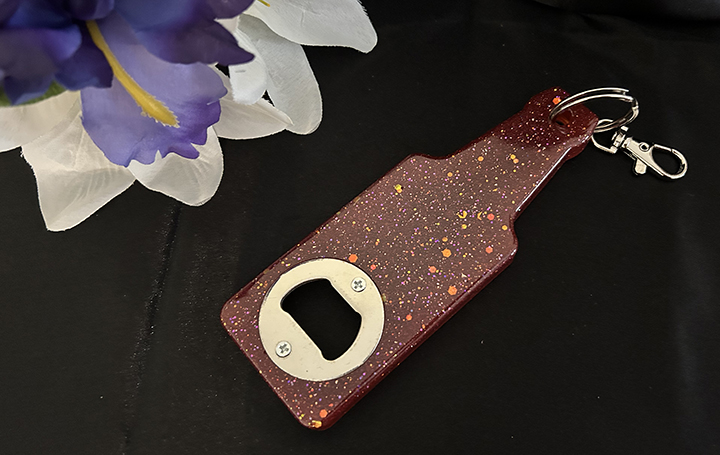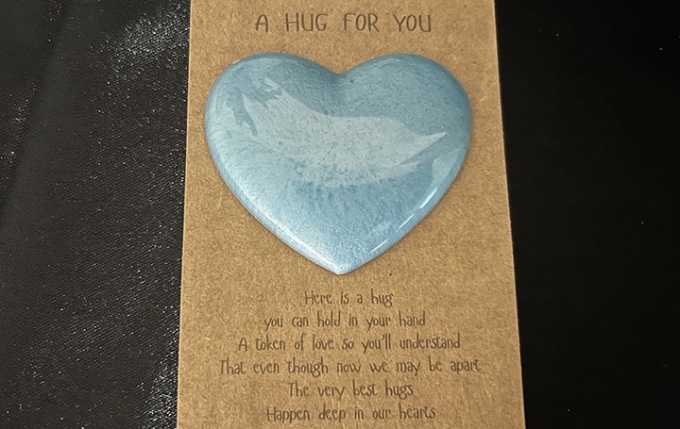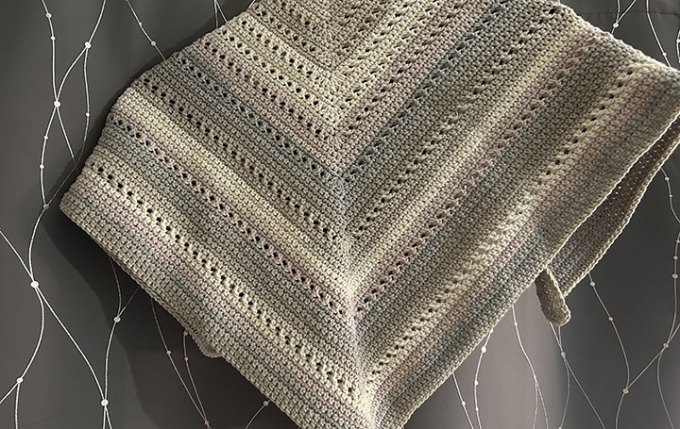When I first started working with resin, I was both excited and intimidated. Those glossy finishes, vibrant colors, and intricate molds looked amazing—but behind every perfect piece of resin art are a few lessons learned the hard way. If you're just beginning your journey with handmade resin gifts or home decor, here’s what I wish someone had told me before I poured my first drop.
1. Not All Resin Is the Same
One of the first surprises? There's more than one type of resin. The most common for crafters is epoxy resin—great for jewelry, coasters, and artwork. UV resin cures quickly with a UV lamp, but it’s best for small, thin projects. Polyester resin is another option, but it’s trickier and smells stronger.
👉 Pro Tip: Start with epoxy resin—it’s more forgiving for beginners.
2. Measure Carefully (Seriously)
If your resin is sticky or never cures, you probably didn’t get the mix right. Epoxy resin usually requires a 1:1 ratio of resin to hardener—but read the instructions carefully! Always use separate measuring cups and mix slowly for at least 3–5 minutes.
👉 What I Wish I Knew: Fast mixing = bubbles, and even a little mismeasurement = a gooey mess.
3. Your Work Area Matters
Resin needs a dust-free, level surface and good ventilation. Temperature also plays a role—too cold and it won’t cure properly. Lay down a silicone mat or parchment paper to protect your workspace.
👉 Bonus Tip: Invest in a simple cover (like a large plastic bin lid) to protect your piece while it cures.
4. Start Small and Simple
It's tempting to dive into big, bold pieces, but resin isn’t cheap, and mistakes can be frustrating. Begin with small items like keychains, magnets, or ring trays. These make great handmade resin gifts and help you learn the basics before tackling complex pours.
5. Bubbles Are the Enemy (But Beatable)
Bubbles can make or break a project. To minimize them:
- Stir slowly and evenly
- Use a heat gun or torch lightly over the surface
- Warm your resin slightly before mixing
6. Safety First
Working with resin means dealing with chemicals. Always wear gloves, avoid skin contact, and work in a well-ventilated area. Some resins release fumes, so a mask or respirator is also a good idea.
👉 Pro Tip: Read the safety data sheet (SDS) for your resin brand.
7. Experimenting Is Part of the Fun
The beauty of resin art is that there’s room to play. Add in mica powders, dried flowers, glitter, or alcohol inks. Every pour is a new experiment. Keep notes so you can repeat the things that work!
8. Mistakes Will Happen—and That’s Okay
You’ll have pieces with bubbles, dents, or sticky spots. It’s part of learning. Many errors can be sanded down or even repoured. The important thing is to keep going.
Final Thoughts
Getting started with resin art can feel overwhelming, but it’s incredibly rewarding. Whether you're crafting for fun or planning to sell handmade resin gifts, learning the fundamentals will help you build confidence and create beautiful, lasting pieces. Every artist starts somewhere—so pour bravely and learn along the way.




